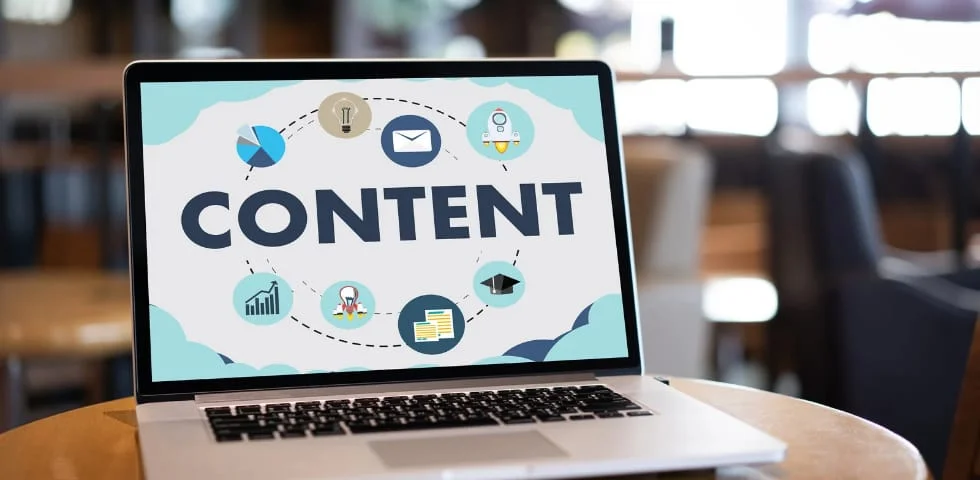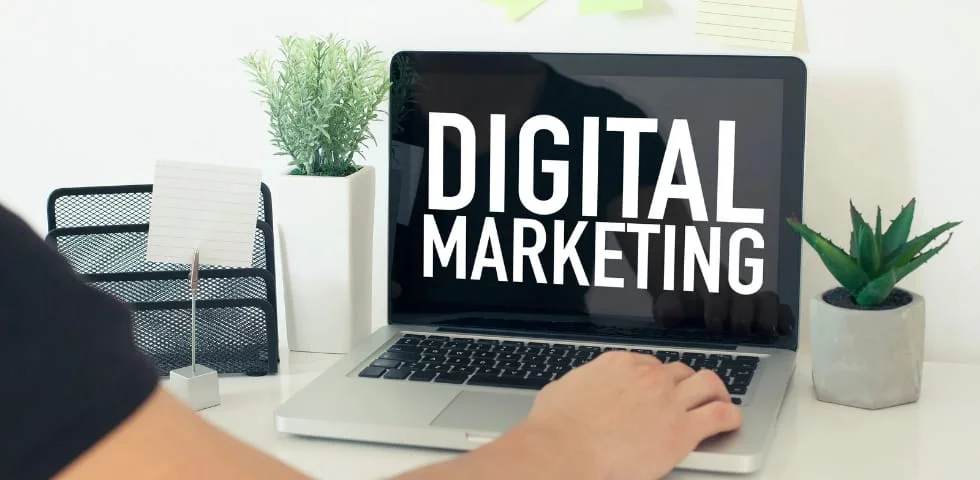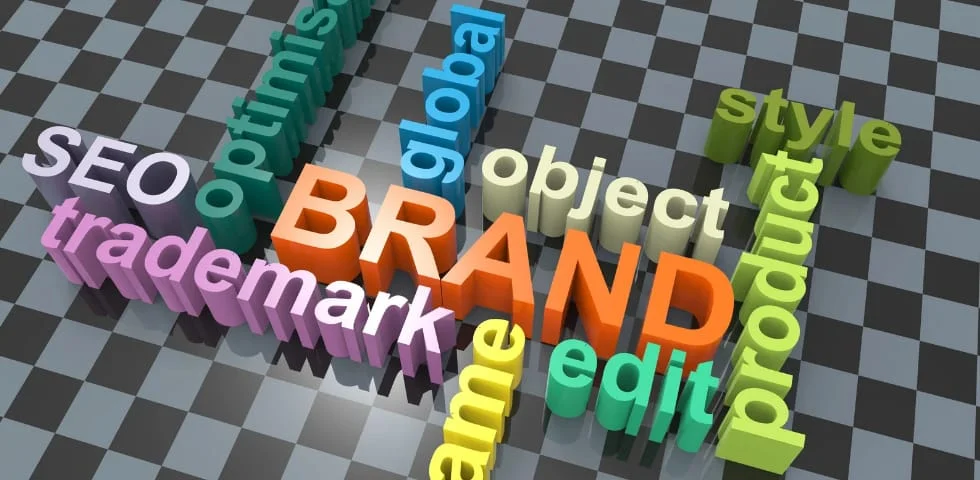In today’s fast-paced and competitive business landscape, understanding and implementing effective marketing strategies is crucial for success. Whether you’re a seasoned marketing professional, an aspiring entrepreneur, or a business owner, grasping the nuances of different marketing strategies can significantly impact your ability to reach and engage your target audience. Marketing strategies are the blueprint for your marketing efforts, guiding how you communicate your value proposition to potential customers and differentiating your brand in the marketplace.
Marketing strategies encompass a broad spectrum, from traditional methods like print and broadcast advertising to cutting-edge digital approaches such as SEO and social media marketing. Each strategy has its unique advantages and is suited to different business goals and target audiences. This comprehensive guide delves into various types of marketing strategies, offering insights into their benefits, implementation tactics, and examples of successful campaigns.
The primary goal of this article is to educate and inform, providing you with the knowledge to choose the right marketing strategies that align with your business objectives. By understanding these strategies, you can enhance your marketing efforts, optimize your budget, and ultimately drive better ROI.
Are you ready to explore the myriad ways to elevate your marketing game? Let’s dive into the world of marketing strategies and discover which ones can propel your business to new heights.
Digital Marketing Strategies
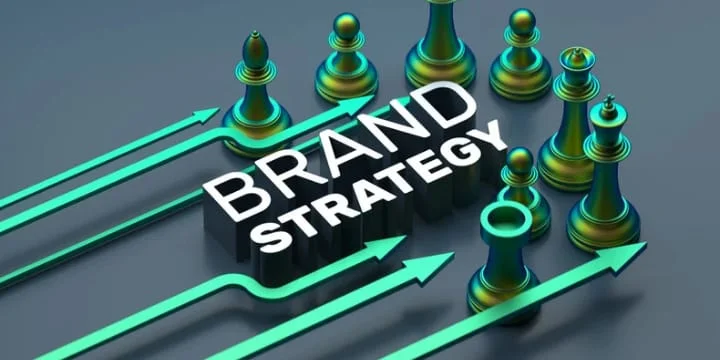
In the digital age, marketing has evolved to encompass various online strategies that leverage the power of the internet to reach and engage with customers. Digital marketing strategies are essential for businesses aiming to thrive in an increasingly connected world. Here, we explore some of the most effective digital marketing strategies that can help you achieve your business goals.
Search Engine Optimization (SEO)
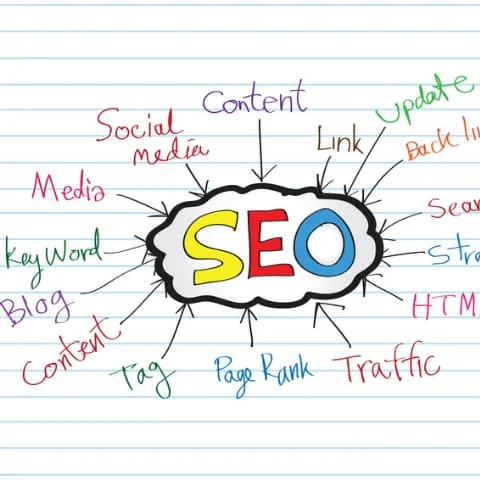
Definition and Benefits Search Engine Optimization (SEO) involves optimizing your website to rank higher in search engine results pages (SERPs) for relevant keywords. The primary goal of SEO is to increase organic (non-paid) traffic to your website, enhancing visibility and credibility.
Key Tactics
- Keyword Research: Identify high-volume, low-competition keywords relevant to your business.
- On-Page SEO: Optimize individual pages by using keywords in titles, meta descriptions, headers, and content.
- Off-Page SEO: Build backlinks from reputable websites to improve domain authority.
- Technical SEO: Ensure your website is mobile-friendly, fast-loading, and secure (HTTPS).
Content Marketing

Types of Content Content marketing focuses on creating and distributing valuable, relevant content to attract and engage your target audience. Various types of content include:
- Blog Posts: Informative articles that provide insights, tips, and industry news.
- E-books and Whitepapers: In-depth guides and reports offering detailed information on specific topics.
- Infographics: Visual representations of data and information, making complex ideas easy to understand.
- Videos: Engaging and shareable content that can explain, entertain, or inspire.
Benefits and Examples Effective content marketing builds trust and authority, driving organic traffic and generating leads. For example, a software company might publish a blog series on the latest industry trends, positioning itself as a thought leader and attracting potential customers seeking expertise.
Social Media Marketing
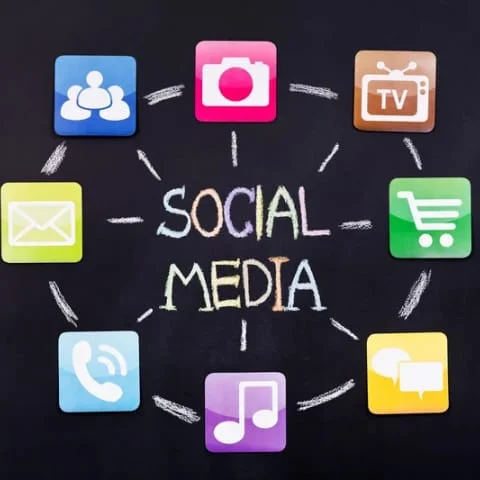
Platforms Overview Social media marketing involves using platforms like Facebook, Instagram, Twitter, LinkedIn, and TikTok to promote your brand and engage with your audience. Each platform has its unique strengths:
- Facebook: Ideal for broad audience engagement and targeted advertising.
- Instagram: Perfect for visual storytelling and influencer collaborations.
- Twitter: Great for real-time updates and customer interaction.
- LinkedIn: Best for B2B marketing and professional networking.
- TikTok: Excellent for reaching younger audiences with creative, short-form content.
Strategies for Engagement
- Consistent Posting: Maintain a regular posting schedule to stay top-of-mind.
- Interactive Content: Use polls, quizzes, and live videos to engage your audience.
- User-Generated Content: Encourage customers to share their experiences and tag your brand.
Email Marketing

Importance and Techniques Email marketing remains one of the most cost-effective ways to communicate with your audience. By sending targeted messages directly to subscribers’ inboxes, you can nurture leads and drive conversions.
Examples of Successful Campaigns
- Welcome Series: Onboard new subscribers with a series of emails introducing your brand and offerings.
- Promotional Emails: Highlight special offers, discounts, and new products to encourage purchases.
- Newsletter: Provide valuable content, company news, and industry updates to keep your audience engaged.
Pay-Per-Click (PPC) Advertising

How It Works PPC advertising involves paying for ad placements on search engines (like Google) and social media platforms. Advertisers bid on keywords, and ads appear when users search for those terms. You pay only when someone clicks on your ad.
Benefits and Examples PPC offers immediate visibility and can drive high-quality traffic to your website. For instance, an e-commerce store might run Google Ads targeting keywords like “buy running shoes,” directing potential customers to their product pages.
Traditional Marketing Strategies

While digital marketing has become increasingly dominant, traditional marketing strategies still hold significant value, particularly for reaching specific demographics and creating tangible brand experiences. These strategies encompass various offline methods that have stood the test of time. Here, we explore the key traditional marketing strategies and their benefits.
Print Marketing
Types of Print Marketing Print marketing involves using physical printed materials to promote products or services. Common types include:
- Newspapers and Magazines: Placing ads in popular publications to reach a broad audience.
- Flyers and Brochures: Distributing informative handouts in high-traffic areas or through direct mail.
- Posters and Billboards: Using large-format advertising in strategic locations for maximum visibility.
Advantages and Examples Print marketing offers a tangible and lasting presence, making it memorable for consumers. For example, a local restaurant might distribute menus and discount coupons via direct mail to attract nearby residents.
Broadcast Marketing
TV and Radio Advertising Broadcast marketing includes advertising on television and radio, leveraging the broad reach of these mediums to connect with a wide audience.
Benefits and Reach
- Television Advertising: TV ads can create a powerful visual and emotional impact, ideal for building brand awareness and showcasing products. National or local TV campaigns can reach millions of viewers.
- Radio Advertising: Radio ads are cost-effective and can target specific demographics based on the station’s audience. They are particularly effective for local businesses and can be repeated frequently to reinforce the message.
Direct Mail Marketing
How It Works Direct mail marketing involves sending promotional materials directly to potential customers’ mailboxes. This strategy can include postcards, catalogs, and personalized letters.
Examples of Effective Campaigns
- Catalogs: Retailers often send seasonal catalogs showcasing new product lines, encouraging recipients to browse and shop.
- Postcards: Service-based businesses might send postcards with special offers or appointment reminders to existing clients.
Hybrid Marketing Strategies
Combining elements of both traditional and digital marketing, hybrid strategies offer a versatile approach to reaching and engaging audiences. These strategies leverage the strengths of multiple channels to create a cohesive marketing plan.

Influencer Marketing
What It Is Influencer marketing involves partnering with individuals who have a significant following on social media or other online platforms. These influencers promote your brand to their audience, leveraging their credibility and reach.
How to Implement
- Identify Relevant Influencers: Choose influencers whose audience aligns with your target market.
- Develop Authentic Partnerships: Collaborate on content that feels genuine and resonates with the influencer’s followers.
- Measure Impact: Track engagement metrics and conversions to assess the effectiveness of the campaigns.
Benefits and Examples Influencer marketing can significantly boost brand visibility and trust. For instance, a beauty brand might collaborate with a popular makeup artist to review and demonstrate their products, driving traffic and sales through authentic endorsements.
Event Marketing
Types of Events Event marketing involves organizing or participating in events to promote your brand and engage with potential customers. Types of events include:
- Webinars: Online seminars that educate and inform attendees about industry-related topics.
- Conferences: Large gatherings where businesses can showcase their products and network with industry professionals.
- Trade Shows: Events where companies exhibit their products and services to potential buyers and partners.
Strategies for Success
- Pre-Event Promotion: Use email, social media, and other channels to generate buzz and encourage registrations.
- Engaging Presentations: Deliver informative and interactive sessions that add value to attendees.
- Post-Event Follow-Up: Continue the conversation with attendees through follow-up emails and surveys to build lasting relationships.
Emerging Marketing Strategies
As the marketing landscape continues to evolve, new strategies emerge that leverage technological advancements and changing consumer behaviors. These emerging marketing strategies offer innovative ways to connect with audiences and stay ahead of the competition. Here, we explore some of the most promising emerging marketing strategies.

Affiliate Marketing
Definition and Process Affiliate marketing is a performance-based strategy where businesses reward affiliates (partners) for driving traffic or sales through their marketing efforts. Affiliates promote products or services using unique links, and they earn a commission for each sale or lead generated.
Benefits and Examples
- Cost-Effective: Businesses pay only for actual conversions, making it a low-risk investment.
- Scalable: Affiliate programs can easily expand to include multiple partners, increasing reach and potential revenue.
- Examples: An online retailer might partner with bloggers and influencers who write product reviews and include affiliate links, earning a commission for each sale made through their referrals.
Viral Marketing
What It Entails Viral marketing aims to create content that is so engaging and shareable that it spreads rapidly across the internet, much like a virus. The goal is to achieve widespread exposure and brand awareness through organic sharing.
Strategies to Create Viral Content
- Emotional Appeal: Craft content that evokes strong emotions, whether it’s humor, inspiration, or empathy.
- Relatability: Ensure the content resonates with a broad audience and encourages sharing.
- Chargeability: Make it easy for users to share the content by including social sharing buttons and encouraging participation (e.g., user-generated content campaigns).
Examples A classic example of viral marketing is the ALS Ice Bucket Challenge, which raised awareness and funds for ALS research through a simple and engaging challenge that spread globally.
Conclusion
In today’s dynamic marketing environment, understanding and implementing a diverse array of marketing strategies is essential for success. From traditional methods like print and broadcast marketing to digital strategies such as SEO, content marketing, and social media marketing, each approach offers unique benefits and opportunities. Hybrid and emerging strategies, like influencer and affiliate marketing, provide innovative ways to reach and engage audiences.
By choosing the right mix of strategies that align with your business goals and target audience, you can enhance your marketing efforts, optimize your budget, and ultimately achieve better ROI. Staying informed about the latest trends and continuously evaluating the effectiveness of your marketing tactics will ensure that your business remains competitive and poised for growth.
Frequently Asked Questions (FAQ)
What is the most effective digital marketing strategy?
The effectiveness of a digital marketing strategy depends on your business goals and target audience. However, Search Engine Optimization (SEO) and Content Marketing are often considered highly effective due to their ability to drive organic traffic and build long-term brand authority.
How can I choose the right marketing strategy for my business?
Start by understanding your target audience and business objectives. Analyze your competitors and industry trends, then test different strategies to see what resonates best with your audience. Combining multiple strategies can also provide a balanced approach.
What are the advantages of traditional marketing over digital marketing?
Traditional marketing, such as print and broadcast advertising, can reach a broad audience and create a tangible brand presence. It is particularly effective for local businesses and demographics less engaged with digital media. Traditional marketing often complements digital efforts for a well-rounded strategy.
How can I measure the success of my marketing strategies?
Key performance indicators (KPIs) such as website traffic, conversion rates, customer engagement, and ROI can help measure the success of your marketing strategies. Tools like Google Analytics, social media insights, and email marketing platforms provide valuable data for analysis.
What is hybrid marketing, and why is it beneficial?
Hybrid marketing combines traditional and digital marketing strategies to leverage the strengths of both. This approach allows businesses to reach a wider audience, create more touchpoints, and deliver a cohesive brand message across multiple channels.
Can small businesses benefit from influencer marketing?
Yes, small businesses can benefit from influencer marketing by partnering with micro-influencers who have a dedicated and engaged following. These partnerships are often more cost-effective and can drive significant brand awareness and sales.
What makes content go viral?
Content that evokes strong emotions, is highly relatable, and is easily shareable has the potential to go viral. Incorporating these elements into your content and encouraging user participation can increase the likelihood of viral success.
With this comprehensive guide on various types of marketing strategies, you are now equipped with the knowledge to make informed decisions and enhance your marketing efforts. Remember, the key to successful marketing lies in understanding your audience, staying adaptable, and continuously measuring and optimizing your strategies.











